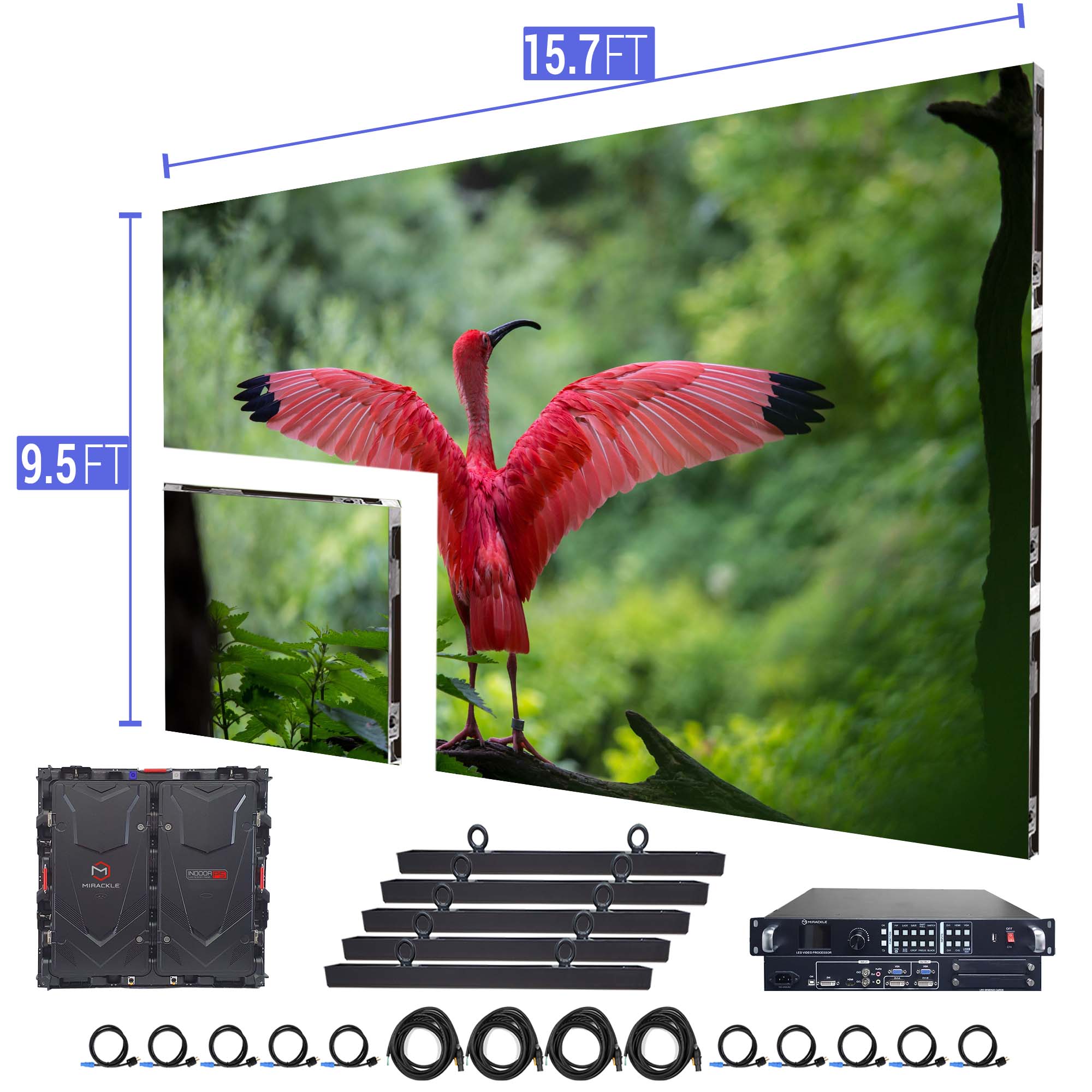Understanding the Crucial Factors Influencing Light Emitting Diode Wall Panel Viewing Angles for Optimal Optical Experience
Wiki Article

Light Emitting Diode wall displays are progressively favored in multiple settings, from households to large locations like arenas and concert venues. One key the main aspects of these displays is their viewing perspective, which significantly impacts the visual experience of viewers. The viewing perspective denotes to the range in which a spectator can see the screen without losing image clarity or luminosity. Grasping the factors that impact these angles is essential to those looking to purchase in Light Emitting Diode wall technology.
A noteworthy factor that affects sight angles is the configuration of the Light Emitting Diode panel itself. Various kinds of Light Emitting Diode technology, such as SMD as well as Dual In-line Package, may influence how illumination is released and how hues are seen from various perspectives. Surface Mount Device method typically provides broader sight angles due to its configuration, that enables light to spread more uniformly. Conversely, DIP panels may have smaller sight angles, making them less appropriate for large groups. Selecting the right type of technology can significantly improve the complete experience for viewers.
A further crucial factor to take into account concerns the clarity of the Light Emitting Diode display. The dot spacing, or the distance between individual pixels, plays a crucial role in determining how sharp the picture looks from various perspectives. A smaller pixel pitch usually results in a higher resolution, that enables for superior picture clarity even while observed from angles aside. This is particularly crucial in settings in which viewers might not be straight facing the display, for example within public spaces or sports stadiums. Therefore, selecting a panel with an suitable pixel pitch becomes crucial for maintaining sight acuity.
The luminosity of the Light Emitting Diode panel becomes also a critical factor influencing sight angles. A brighter display may maintain its visibility also while viewed from an angle, whereas a dimmer display might suffer its effectiveness. The brightness measurement becomes quantified in nits, where greater values indicate a brighter display. In installations in brightly lit settings, including shopping centers or outdoor occurrences, opting for displays with greater luminosity ratings is essential to ensure that the information remains try this out readily visible from different angles.
Finally, the setup as well as positioning of the LED wall panels may greatly influence the way spectators perceive the screen. Proper installation as well as alignment may assist maximize the viewing angles while guarantee that the viewers has the best sensation feasible. Moreover, taking into account the position of the viewer's location—like seats layouts about this in a theater and the layout of a athletic arena—may guide decisions regarding the size as well as orientation of the Light Emitting Diode displays. Through considering these factors into, it is possible to optimize the visual perception as well as make the best of Light Emitting Diode panel technology.